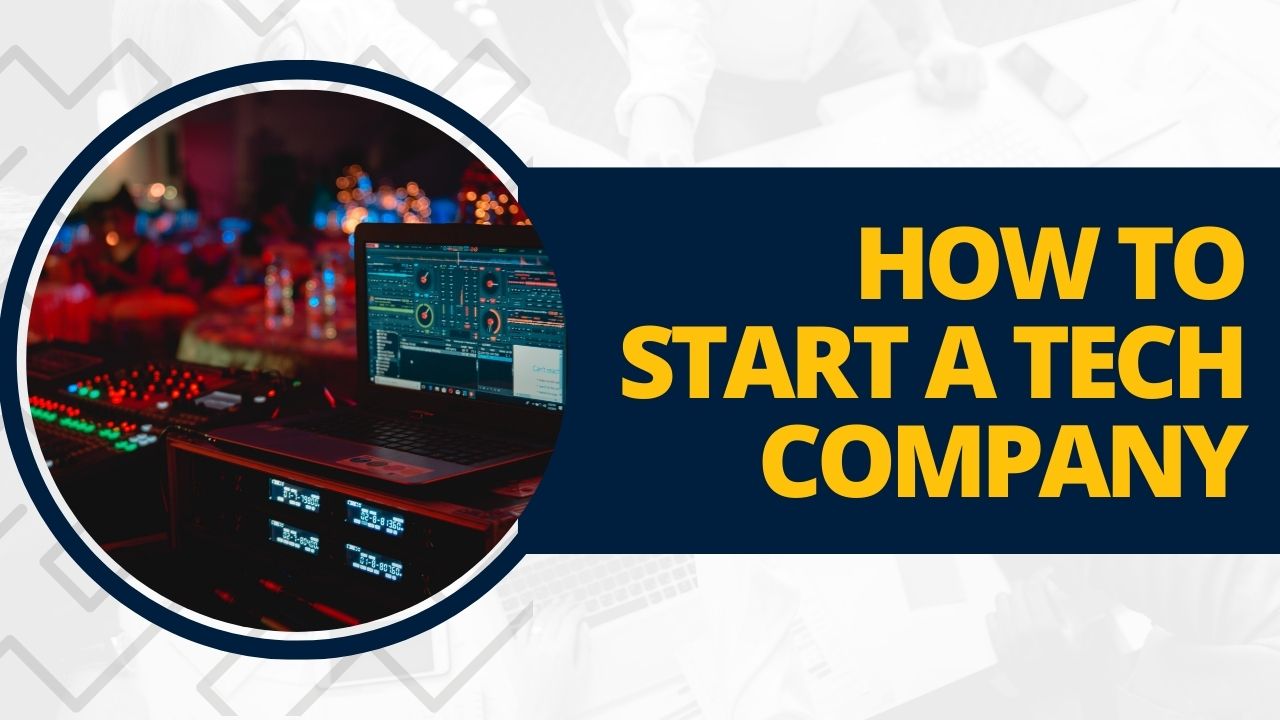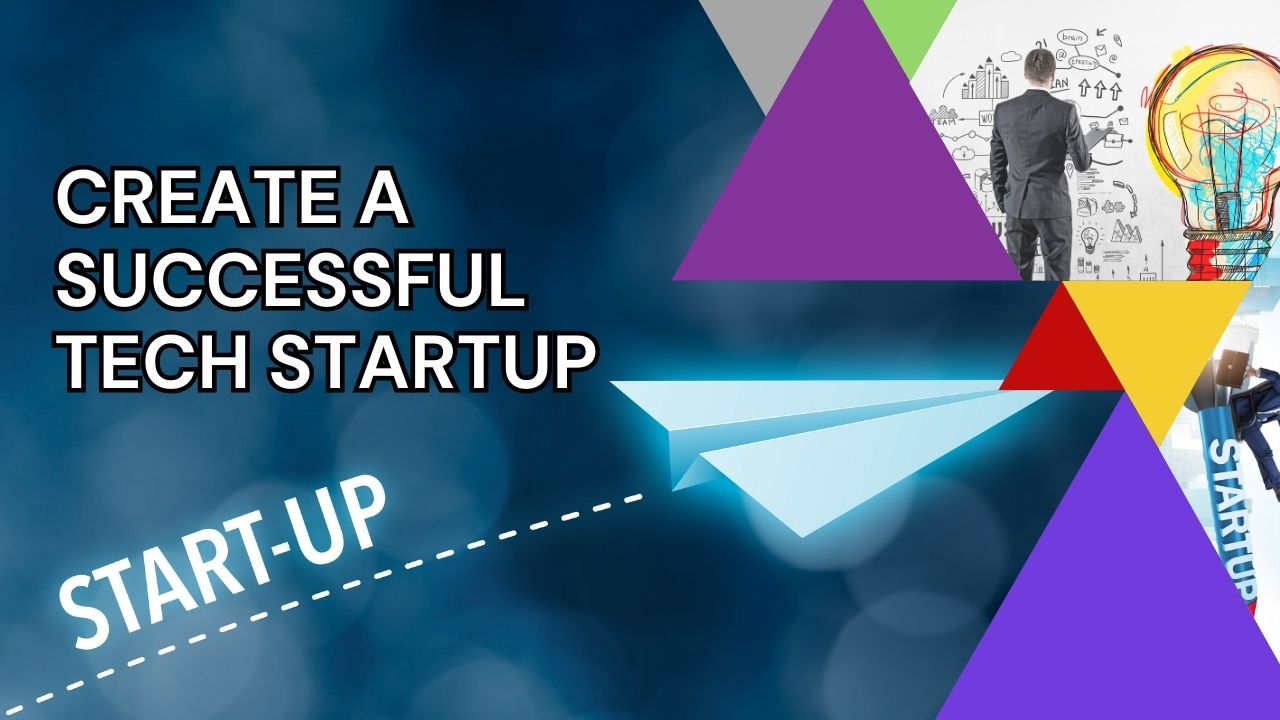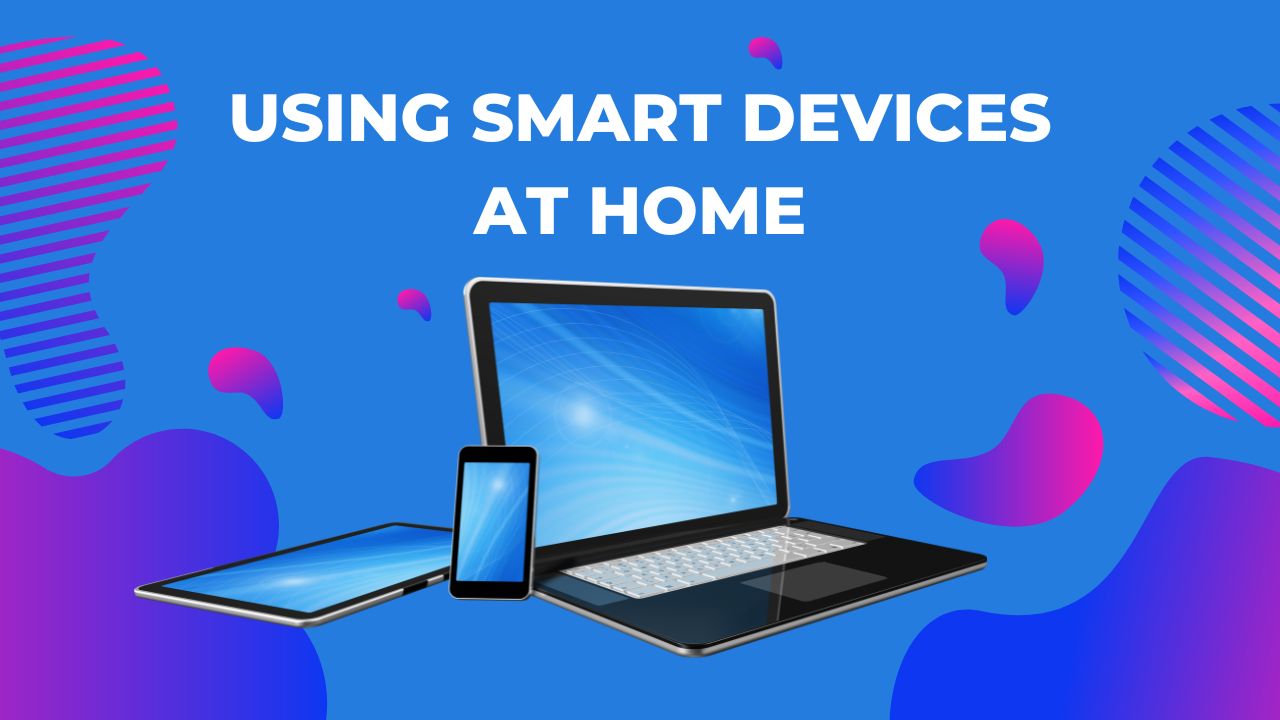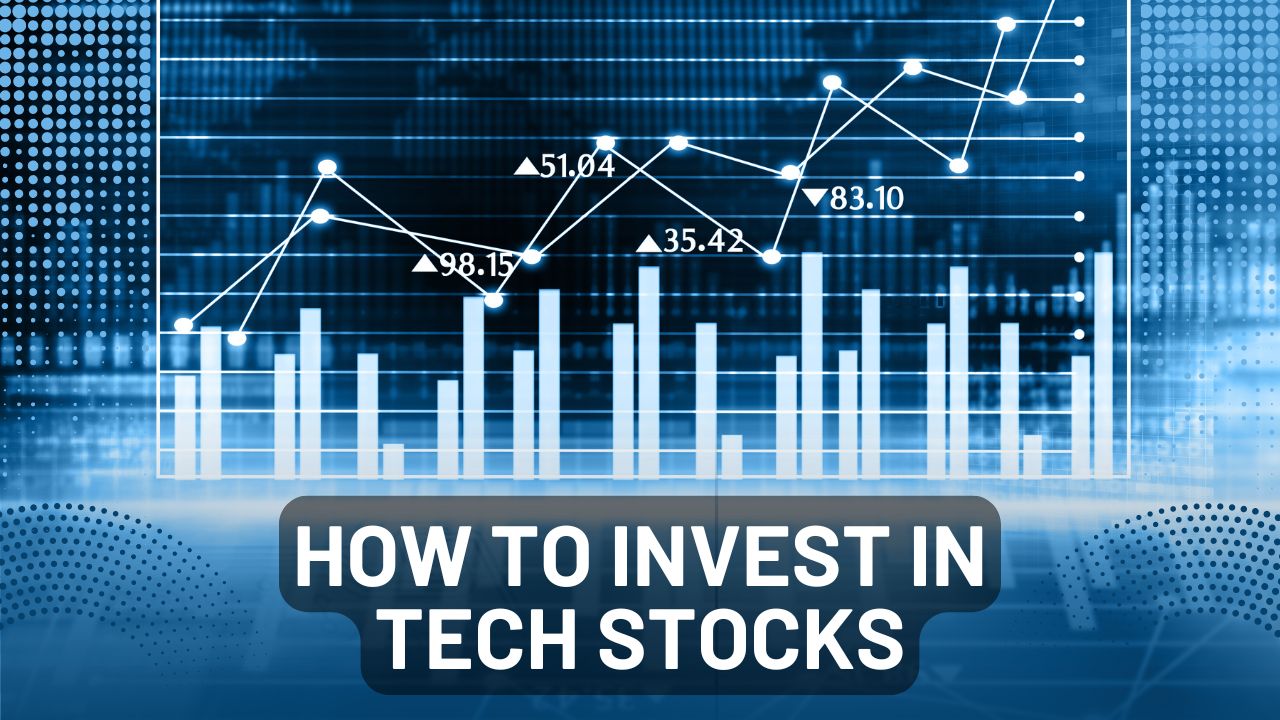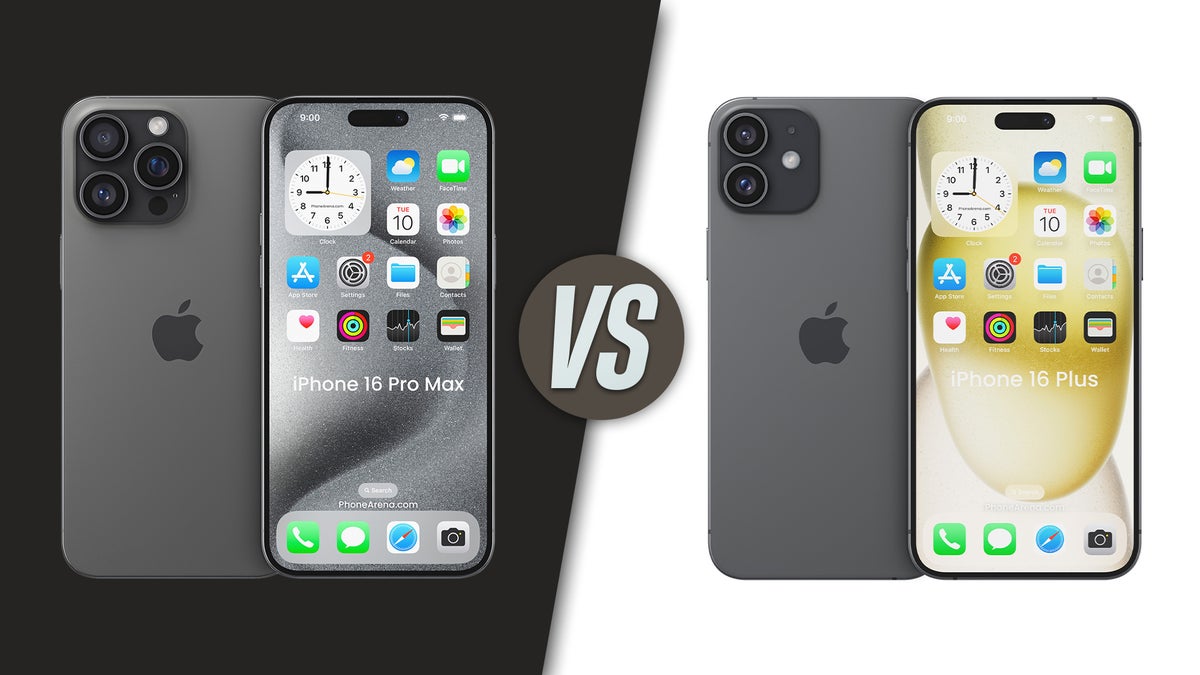In a world where technology evolves at lightning speed, the future of tech gadgets in daily life is becoming increasingly sophisticated and integral to our routines. As we step into 2024, a wave of innovative tech gadgets is set to transform our homes, workplaces, and lifestyles. This article will explore the must-have tech gadgets of 2024, how they can enhance our daily lives, and the trends shaping the future of technology.
Embracing the Tech Revolution: What’s New in 2024?
Overview of Emerging Technologies
2024 marks an exciting time for technological advancement. From artificial intelligence to sustainable solutions, the gadgets of this year promise to redefine how we interact with the world around us. AI is no longer just a buzzword; it’s now a fundamental component of many devices, enhancing functionality and personalization. Whether it’s smart assistants that learn your preferences or health devices that monitor your vitals, the integration of AI is setting the stage for a more intuitive experience.
Impact of AI on Daily Life
Artificial intelligence is not just about robots and automation; it’s about making our lives easier and more efficient. Imagine having a virtual assistant that not only schedules your appointments but also predicts your needs based on your habits. This year, AI is expected to play a pivotal role in various gadgets, helping users manage their time, health, and even finances more effectively.
Top 10 Must-Have Tech Gadgets for 2024
Smart Clothing: Fashion Meets Function
Smart clothing is revolutionizing how we think about wearables. Imagine a jacket that adjusts its temperature based on the weather or fitness apparel that tracks your biometrics in real time. In 2024, smart clothing is becoming more mainstream, blending style with functionality. Brands are now offering apparel that not only looks good but also enhances performance and comfort.
AI Virtual Assistants: Your Personal Life Coach
AI virtual assistants are evolving beyond simple tasks like setting alarms. Today’s assistants can provide tailored advice on wellness, productivity, and even budgeting. With features like voice recognition and machine learning, they adapt to your preferences and help streamline your daily tasks, making them indispensable companions in our busy lives.
Holographic Smartphones: The Next Level of Communication
Holographic technology is set to take smartphones to new heights. In 2024, expect smartphones that project 3D images, allowing for more immersive experiences in communication, gaming, and content consumption. This leap in technology not only enhances user interaction but also redefines how we connect with each other.
Self-Cleaning Homes: Convenience Redefined
Imagine a home that cleans itself. This futuristic concept is becoming a reality with self-cleaning gadgets. From robotic vacuums that learn your home’s layout to smart kitchens that manage cleanliness through automated systems, these gadgets promise to save time and reduce stress, allowing us to focus on what truly matters.
Brain-Computer Interfaces: Direct Control of Devices
Brain-computer interfaces (BCIs) are on the horizon, promising to change the way we interact with technology. In 2024, BCIs are expected to allow users to control devices using their thoughts. This could revolutionize accessibility for those with disabilities and create new ways to interface with technology, from gaming to smart home controls.
Personalized Nutrition Printers: Tailored Diets at Home
The future of food is here with personalized nutrition printers. These devices can create meals tailored to your dietary needs and preferences by analyzing your health data. In 2024, expect to see gadgets that print meals with the right balance of nutrients, catering to individual tastes and health requirements.
Emotion-Sensing Earphones: Listening to Your Feelings
Music has the power to influence our emotions, and in 2024, earphones that can sense your emotional state are set to hit the market. These gadgets will analyze your mood through biometric feedback and adjust playlists accordingly, providing a personalized listening experience that aligns with your feelings.
Holographic Video Chats: Connecting in 3D
Forget traditional video calls; holographic video chats are the future. This technology allows users to connect in a three-dimensional space, making conversations feel more personal and engaging. In 2024, expect to see platforms that enable this kind of communication, bringing friends and family closer, no matter the distance.
Solar-Kinetic Power Hubs: Sustainable Energy Solutions
As the world shifts toward sustainability, solar-kinetic power hubs are becoming essential gadgets for eco-conscious consumers. These devices harness solar energy and convert it into usable power for homes and gadgets, reducing dependence on traditional energy sources. In 2024, they’ll play a crucial role in promoting greener living.
Anti-Aging Tech: Innovating Personal Care
The beauty and wellness industry is seeing a tech-driven transformation with anti-aging gadgets. From skincare devices that use LED therapy to personalized supplements based on your genetic makeup, these innovations aim to enhance your appearance and well-being. In 2024, expect a surge in gadgets that promise youthful, radiant skin.
How Tech Gadgets Are Transforming Our Daily Lives
Enhancing Productivity with Smart Devices
One of the most significant impacts future of tech gadgets in daily life in 2024 is their ability to enhance productivity. Smart devices help streamline tasks, organize schedules, and provide reminders, allowing individuals to focus on their priorities. Whether it’s a smartwatch that tracks your fitness goals or an AI assistant that manages your calendar, these gadgets are essential for maximizing efficiency.
The Role of Tech in Health and Wellness
Health-focused gadgets are becoming a staple in our lives. From fitness trackers that monitor physical activity to smart scales that analyze body composition, technology is empowering individuals to take charge of their health. With real-time data and personalized feedback, these devices enable better health decisions and proactive management of wellness.
Creating Smart Homes: Integration of Gadgets
The concept of the smart home is evolving, with an increasing number of gadgets designed to integrate seamlessly into our living spaces. Home automation systems allow users to control lighting, security, and climate from a single device. As technology advances, creating a fully integrated smart home is becoming more accessible and affordable.
Related Post: How to Choose the Right Tech Gadgets in 2024: Buyer’s Guide
The Future of Gadgets: Trends to Watch
The Shift Towards Sustainable Tech
Sustainability is more than a trend; it’s a necessity. In 2024, we’ll see a significant push toward eco-friendly gadgets. From energy-efficient appliances to products made from recycled materials, the focus will be on minimizing environmental impact while maximizing functionality.
The Rise of Customizable and Personalized Gadgets
Personalization is a growing demand in tech gadgets. Consumers want devices that cater to their unique preferences and needs. Expect a rise in customizable gadgets that allow users to tailor features, designs, and functionalities, creating a more personal connection with technology.
Predictions for Tech Innovations in 2025 and Beyond
Looking ahead, the landscape of tech gadgets will continue to evolve. Innovations such as quantum computing, advanced robotics, and even more sophisticated AI are on the horizon. As these technologies mature, they will reshape our daily interactions with gadgets, making them even more integrated into our lives.
Conclusion: Preparing for a Tech-Driven Future
Future of tech gadgets in daily life in 2024, the must-have tech gadgets are not just about convenience; they represent a shift in how we live, work, and connect with each other. Embracing these innovations can lead to a more efficient, healthier, and more sustainable lifestyle. The future is bright, and as technology continues to evolve, we must remain open to the possibilities that await us.
FAQs About 2024 Tech Gadgets
What are the best gadgets to buy in 2024?
The best gadgets to buy in 2024 include smart clothing, AI virtual assistants, and personalized nutrition printers. Each of these offers unique benefits that enhance daily living.
How will technology impact our daily lives in the next decade?
In the next decade, technology will further integrate into our daily lives, making tasks easier, enhancing health management, and promoting sustainability. Innovations will continue to shape how we interact with the world.
Are there any risks associated with advanced tech gadgets?
While advanced tech gadgets offer numerous benefits, they also come with risks, such as privacy concerns and dependency on technology. It’s essential to be aware of these issues and use technology mindfully.





